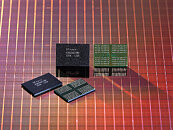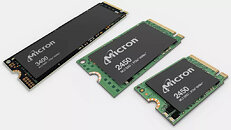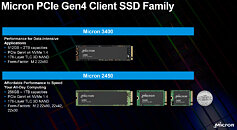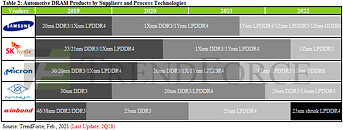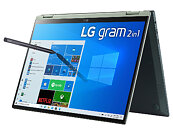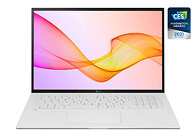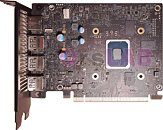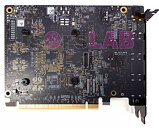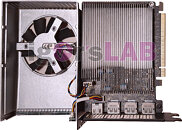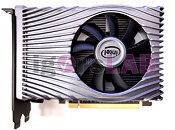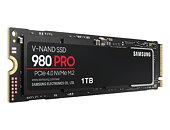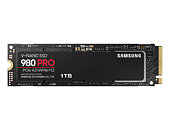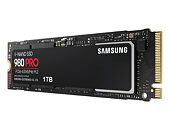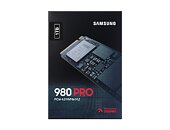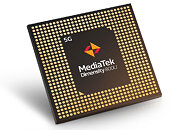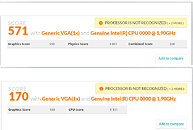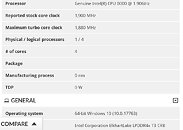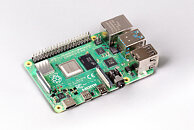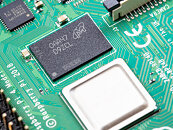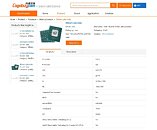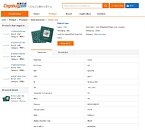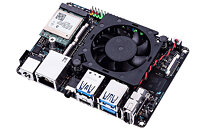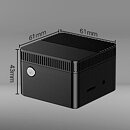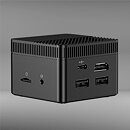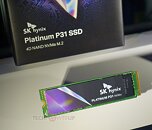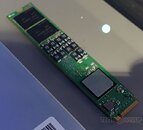OnLogic Raspberry Pi-Powered Industrial Computer Now Available
In celebration of Pi Day, OnLogic, a global industrial computing manufacturer and solution provider known for their reliable, orange industrial PCs, has announced that their new Factor 201 Raspberry Pi-powered device is available for pre-order. In addition, they've released more details about the next model in the Factor 200 Series, the Factor 202. Both devices are powered by the Raspberry Pi Compute Module 4, which was developed specifically for industrial products.
"We're delighted that OnLogic has chosen to develop the Factor 201 around Raspberry Pi. Using Raspberry Pi Compute Module 4 with their custom-designed carrier boards and industrial enclosure has allowed OnLogic to offer their customers flexible and reliable solutions, and we see Raspberry Pi hardware being increasingly widely adopted in industry with products like this one," said Gordon Hollingworth, Chief Product Officer at Raspberry Pi Ltd.
"We're delighted that OnLogic has chosen to develop the Factor 201 around Raspberry Pi. Using Raspberry Pi Compute Module 4 with their custom-designed carrier boards and industrial enclosure has allowed OnLogic to offer their customers flexible and reliable solutions, and we see Raspberry Pi hardware being increasingly widely adopted in industry with products like this one," said Gordon Hollingworth, Chief Product Officer at Raspberry Pi Ltd.















